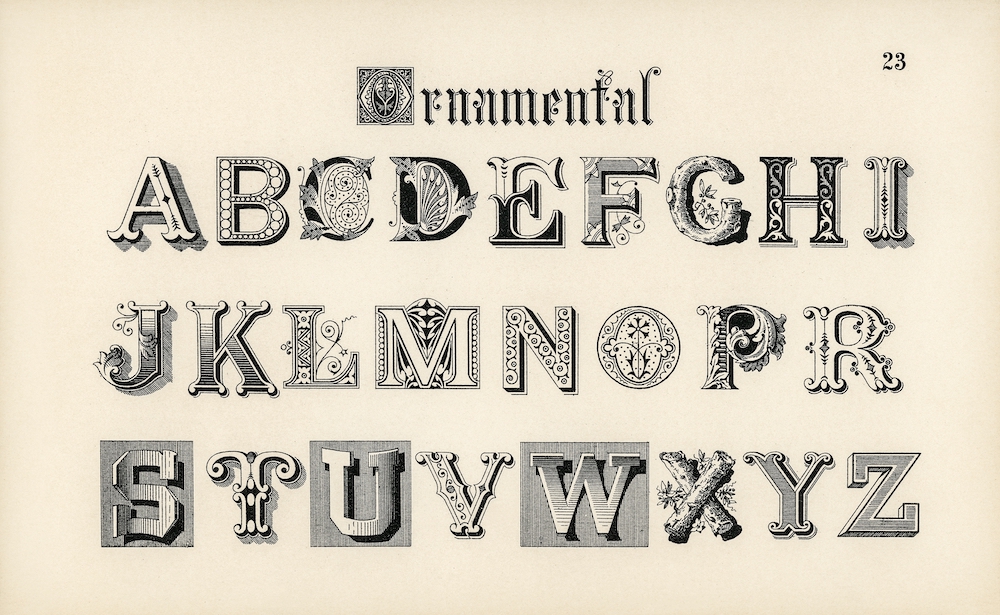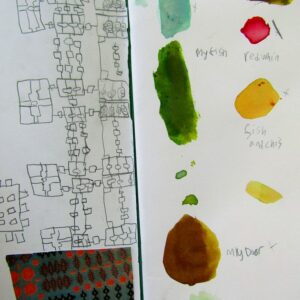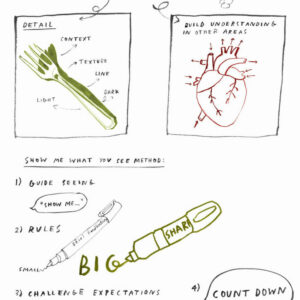A collection of imagery and sources designed to encourage children to consider how line weight can impact drawings.
Please note that this page contains links to external websites and has videos from external websites embedded. At the time of creating, AccessArt checked all links to ensure content is appropriate for teachers to access. However external websites and videos are updated and that is beyond our control.
Please let us know if you find a 404 link, or if you feel content is no longer appropriate.
We strongly recommend as part of good teaching practice that teachers watch all videos and visit all websites before sharing with a class. On occasion there may be elements of a video you would prefer not to show to your class and it is the teacher’s responsibility to ensure content is appropriate. Many thanks.
This resource is free to access and is not a part of AccessArt membership.




Line weight refers to the thickness or thinness of a line. The weight of a line can be altered by applying different amounts of pressure to a drawing tool and by changing the drawing media.
Depth, tone, character and atmosphere can be achieved by exploring a variety of weighted lines in drawings.
When we look at the lines in drawings we may get an impression of what the artist was experiencing or what they are trying to communicate through their drawing. For example thinner lines can create a delicate peaceful atmosphere whereas thicker bold drawings can evoke a sense of power and authority.
Find a recording of a zoom session exploring line weight and how we can use it to improve drawing outcomes for teachers & learner.
Leo Gestel
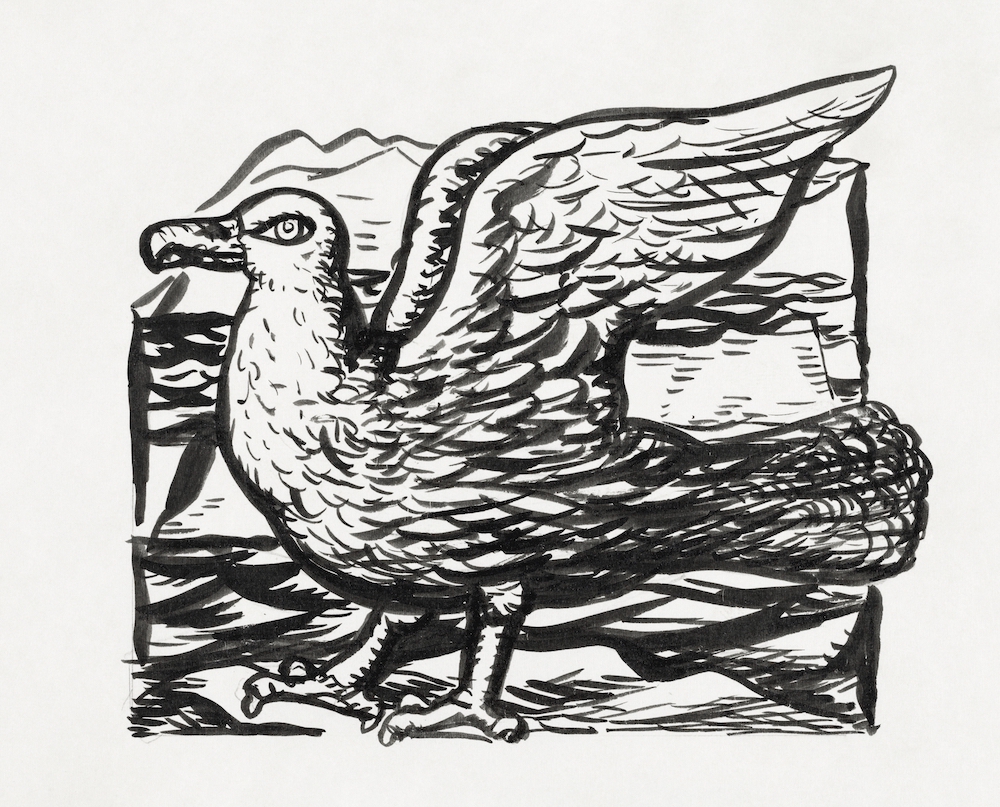
Seagull (ca. 1891–1941) drawing in high resolution by Leo Gestel. Original from The Rijksmuseum. Digitally enhanced by rawpixel.
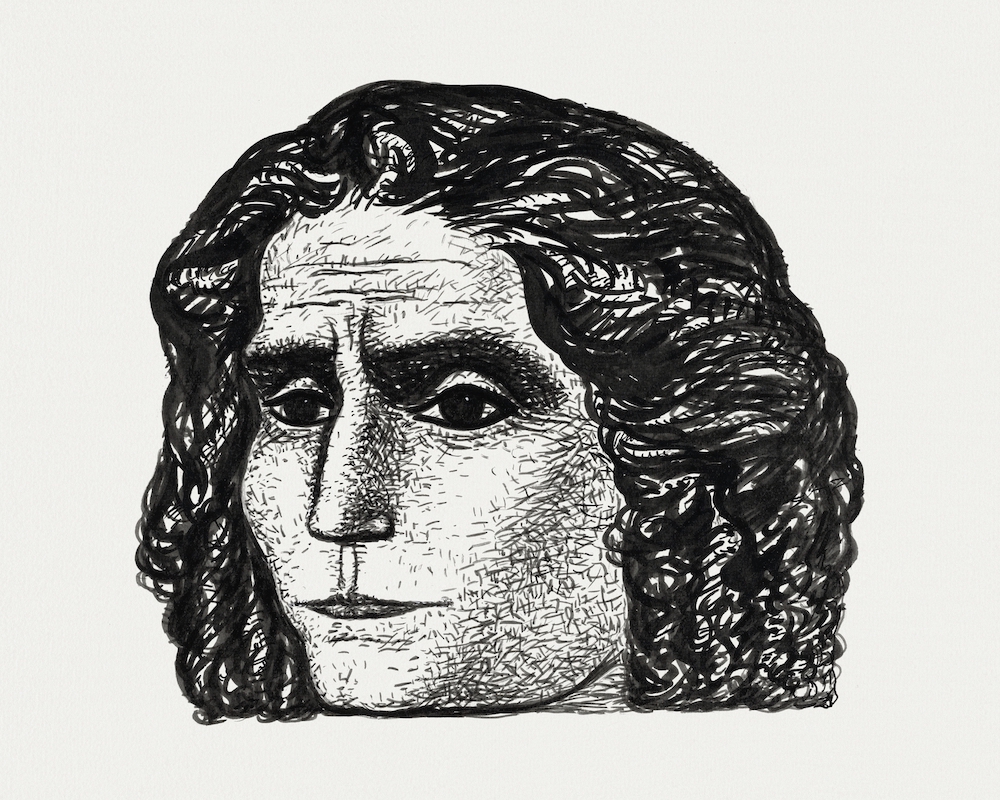
Portrait of Jean Jaurè’s (ca. 1891-1941) drawing in high resolution by Leo Gestel. Original from The Rijksmuseum. Digitally enhanced by rawpixel.
Taguchi Tomoki
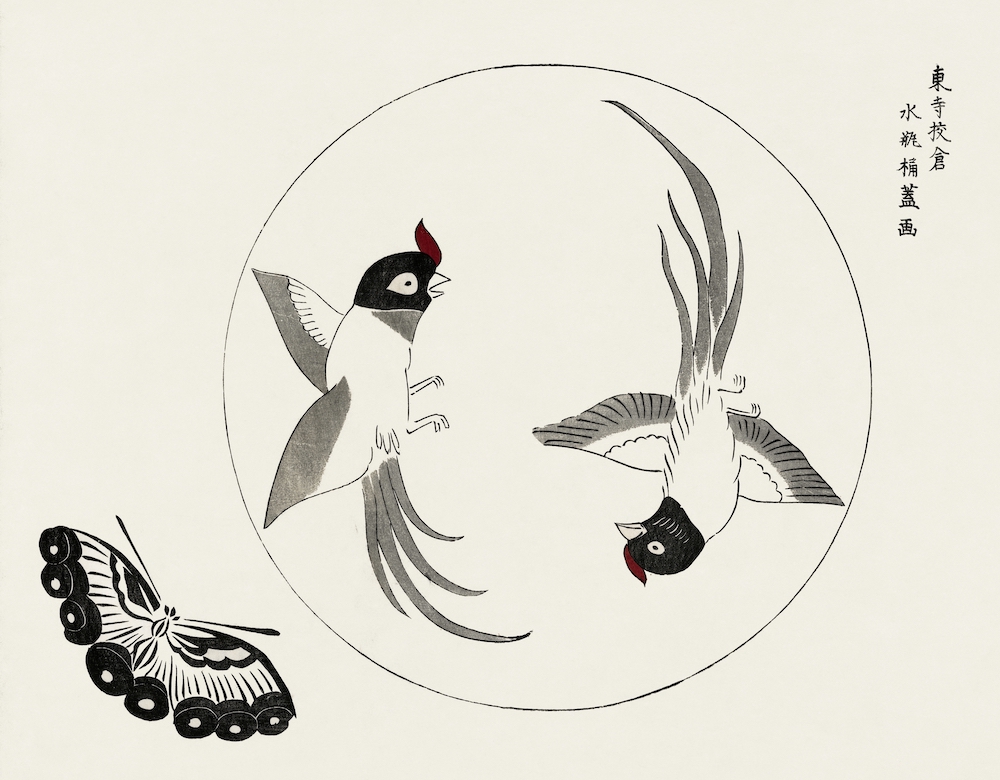
Japanese vintage original woodblock print of birds and butterfly from Yatsuo no tsubaki (1860-1869) by Taguchi Tomoki. Digitally enhanced from our own antique woodblock print.
Paul Signac
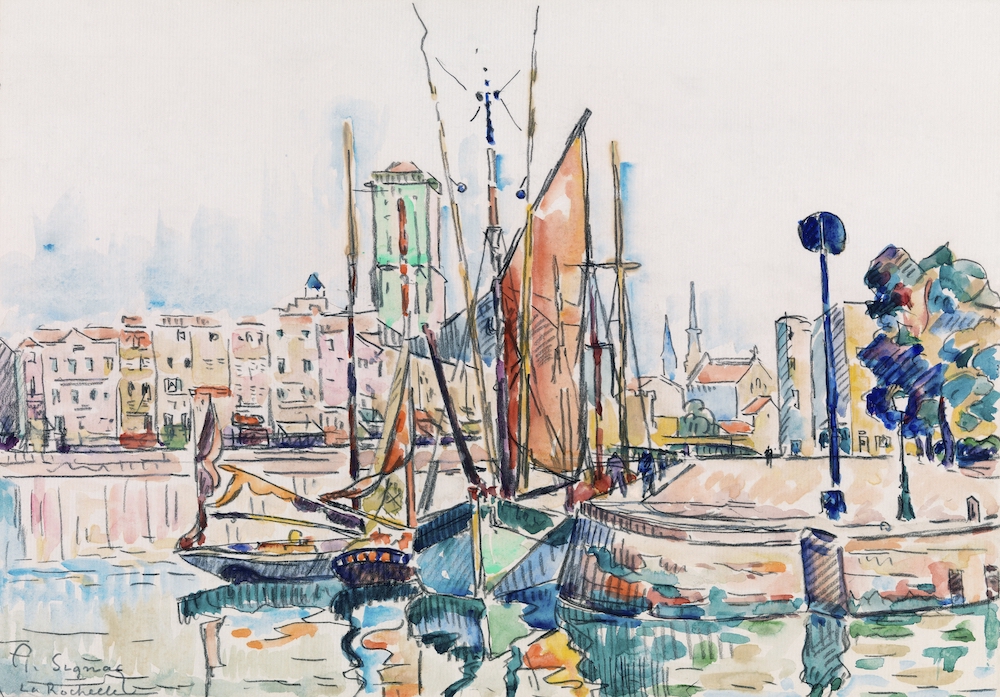
La Rochelle (1911) painting in high resolution by Paul Signac. Original from Barnes Foundation. Digitally enhanced by rawpixel.
Jean Bernard
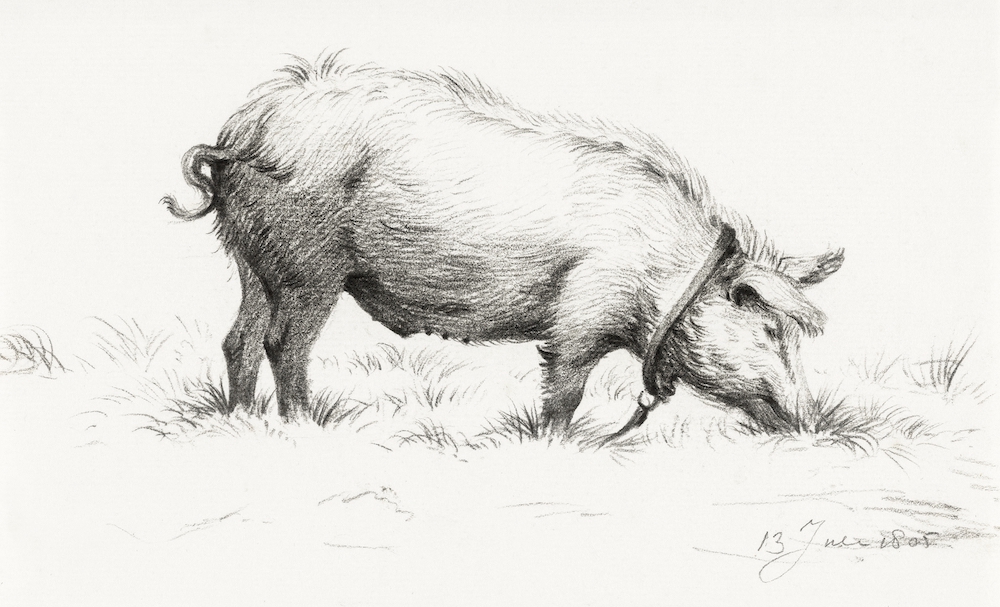
Standing pig in the grass (1805) by Jean Bernard (1775-1883). Original from The Rijksmuseum. Digitally enhanced by rawpixel.
Hermann Esser
